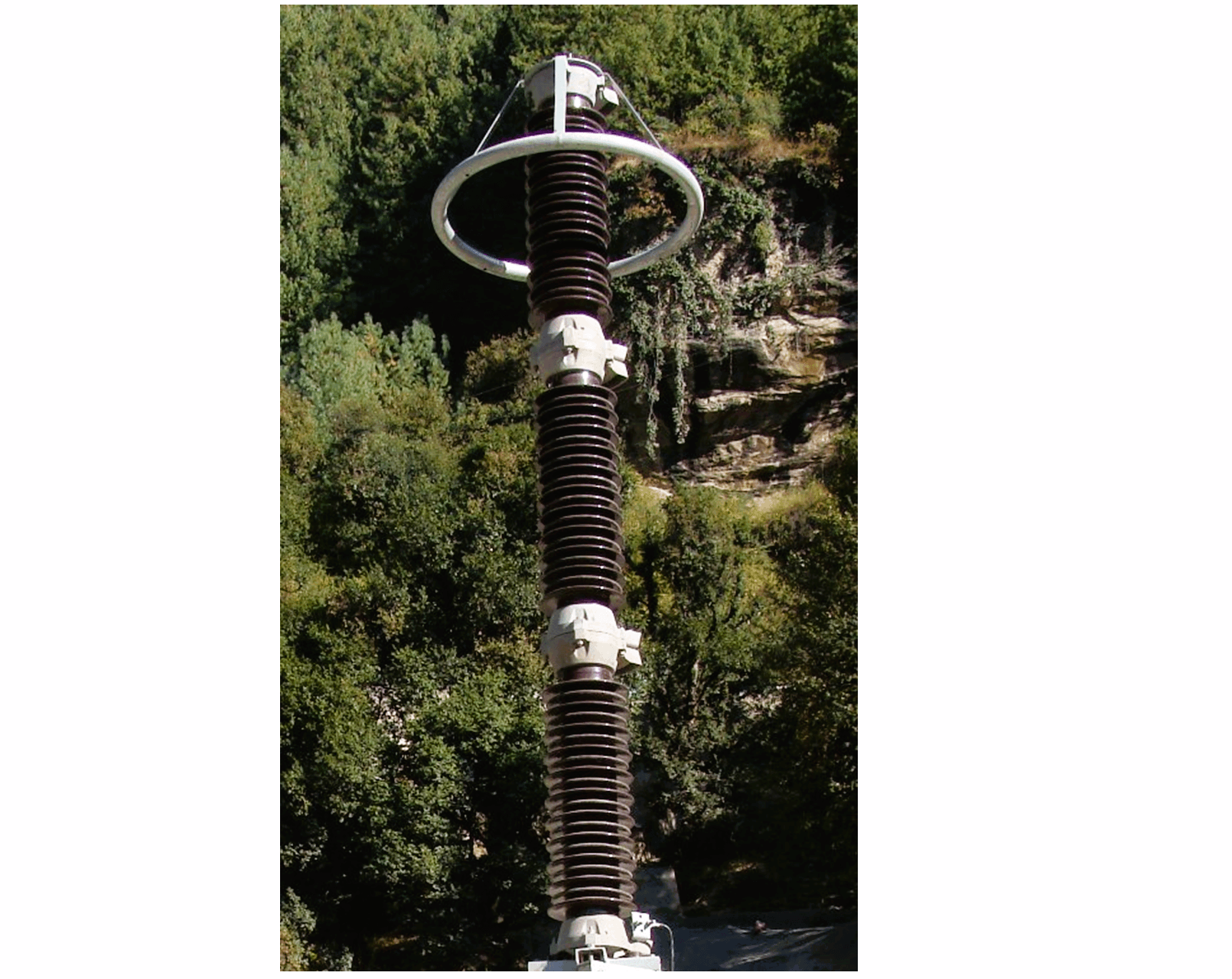What is a Lightning Arrester?
Lightning Arrester is a protective device for protecting the various equipment of the power system from the damaging effects of lightning and switching by limiting surge voltages by discharging or bypassing surge current.
Lightning Arrester prevents the flow of the follow current.

Working Principle of Lightning Arrester
During normal system operation, the Lightning Arrester (LA) conducts only a nominal leakage current and on the appearance of surge voltage due to lightning or switching.
The Lightning Arrester conducts/discharges the current to earth. When the surge is completely discharged to earth, the Lightning Arrester regains its high impedance and leakage current comes to its original value.
Requirements of an efficient Lightning Arrester
- Lightning Arrester must provide maximum resistance to normal voltage and negligible impedance to surge voltages.
- Lightning Arrester must have a low impulse spark over-voltage and residual voltage in order to decrease the Basic Insulation level of the protected equipment.
- Lightning Arrester must have longevity without deterioration due to repeated functions of discharging high surge currents and interrupting high follow currents.
Understanding the Datasheet
- Nominal Discharge Current – It is the peak value of lightning current impulse having a designated crest value and wave shape which is used to classify an arrester. The standard ratings as per IS are 1.5 kA, 2.5 kA, 5.5 kA, and 10 kA at an 8/20 µsecond wave shape.
- Maximum Discharge Current – It is the crest value of the discharge current that the Lightning Arrester can pass without damage or modification of its characteristics, referring to a wave shape of 4/10 µsecond.
- Power Frequency Sparkover Voltage – It is the RMS value of power frequency 50 c/s voltage applied between the line and earth terminals of arrester and earth which causes spark over of the series gap
- Impulse Sparkover Voltage – It is the highest value of voltage attained during an impulse of given polarity, of specified wave shape applied between the terminals of an arrester before the flow of discharge current.
- Residual Voltage – It is the voltage that appears between the terminals of an arrester during the passage of the discharge current.
- Follow Current – It is the current which flows from the connected power source through a lightning arrester, following the passage of the discharge current.
- Maximum Continuous Operating Voltage (MCOV) – It is the maximum permissible RMS value of power frequency voltage that may be applied continuously between the arrester terminals.
- Residual voltage/ Discharge voltage – It is the peak value of the voltage that appears between the terminals of an arrester during the passage of discharge current through it. The residual voltage will be generated based on the magnitude and the discharge current.
- Wave shape – The basic wave shape adopted by Indian Standard is 1.2/20 µsecond. It refers to the wave shape of a unidirectional wave that rises from zero to its peak value in 1 µsecond and then falls to half the value in 50 µseconds.
Author: Nitin Chaudhary